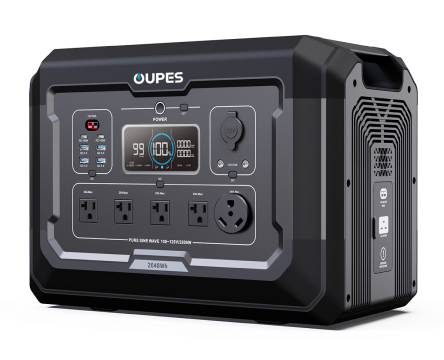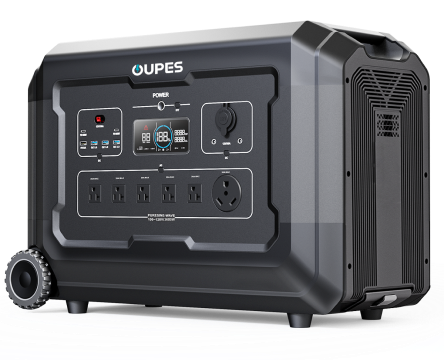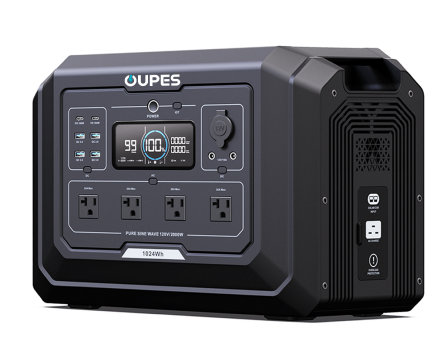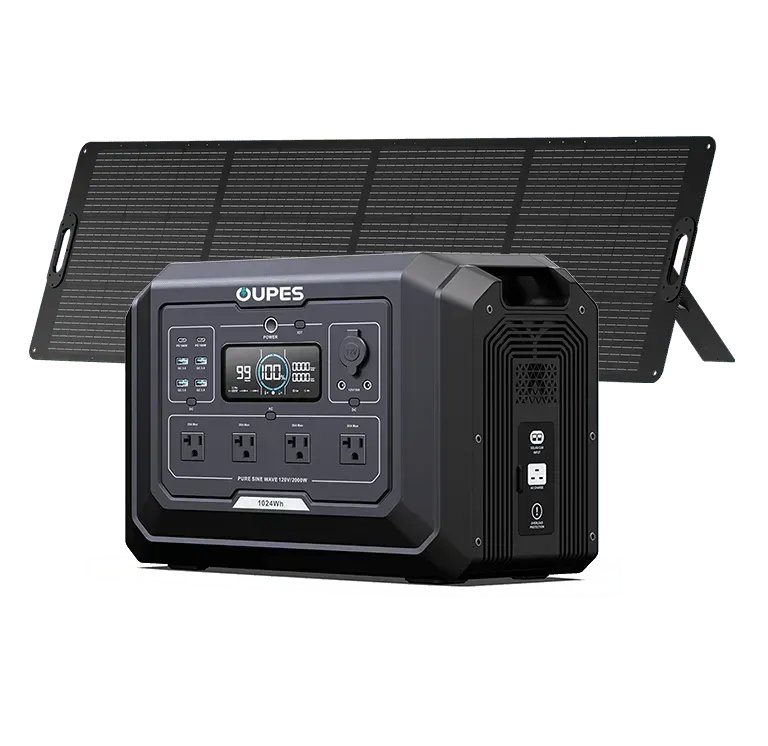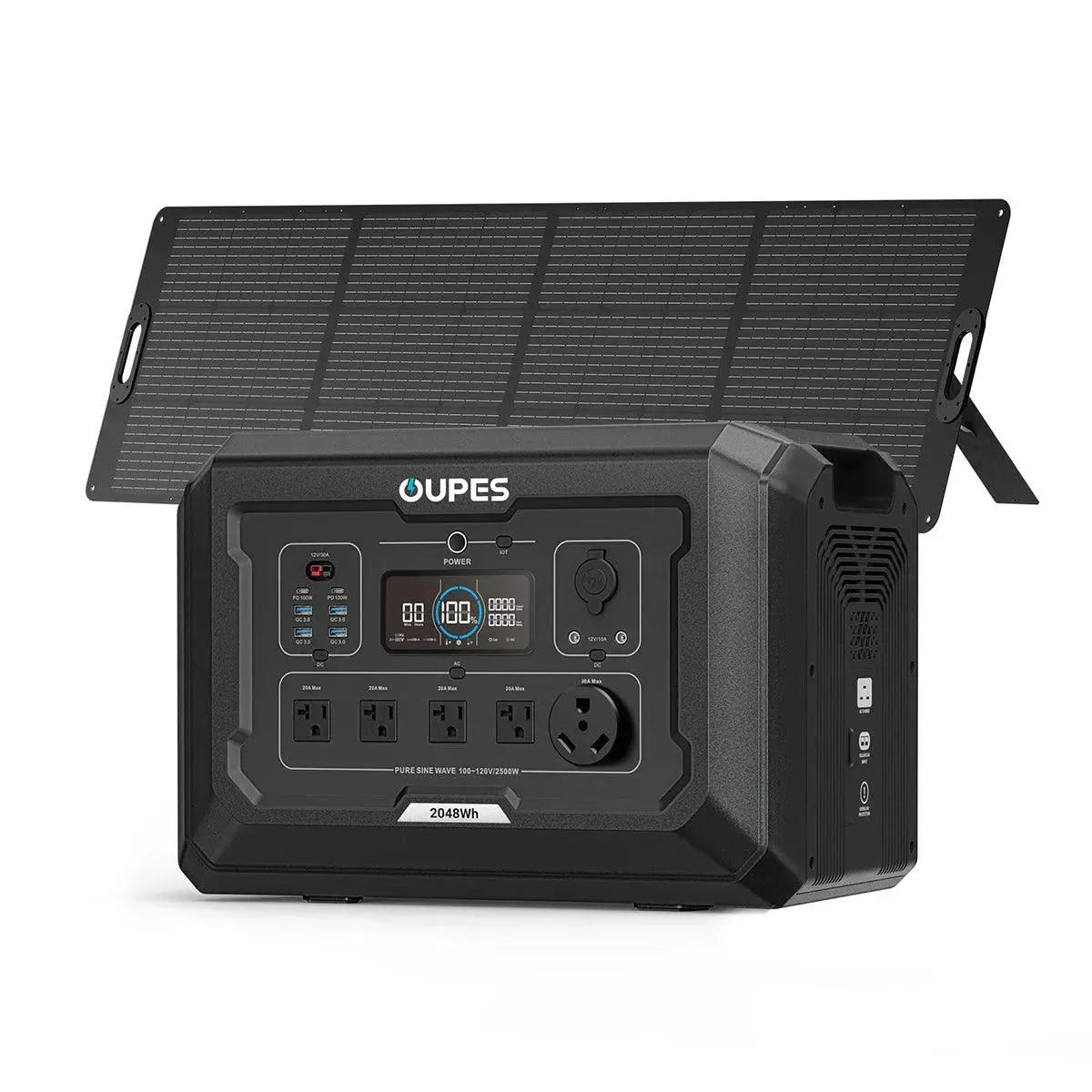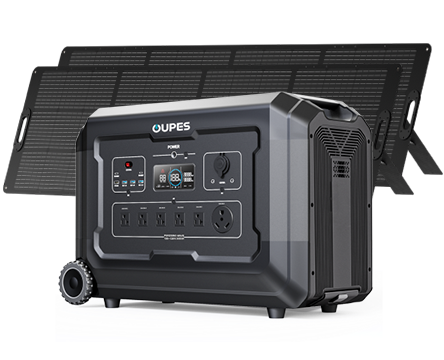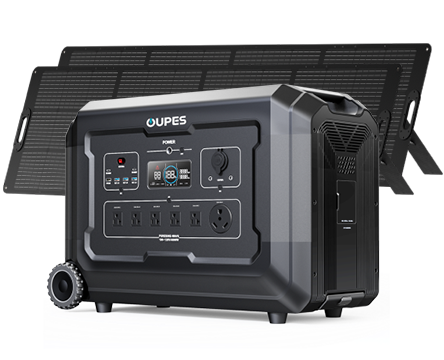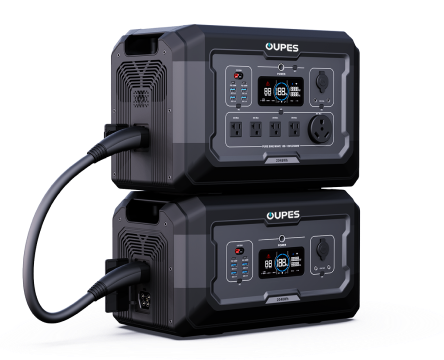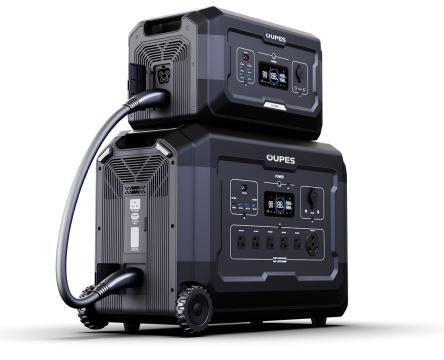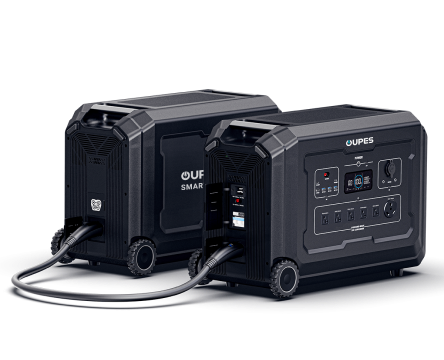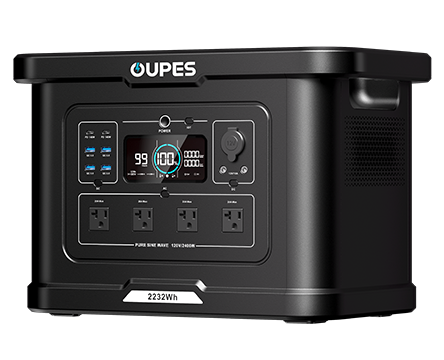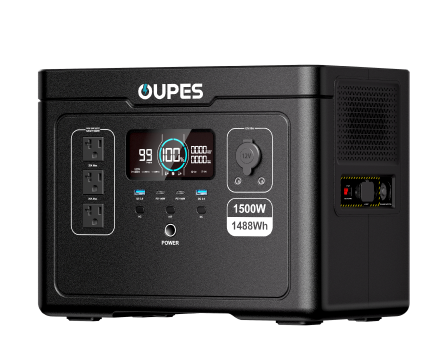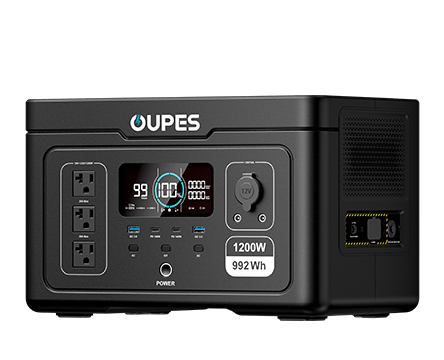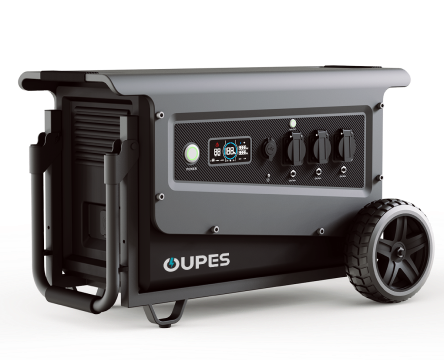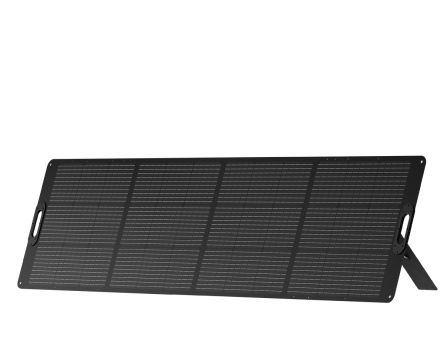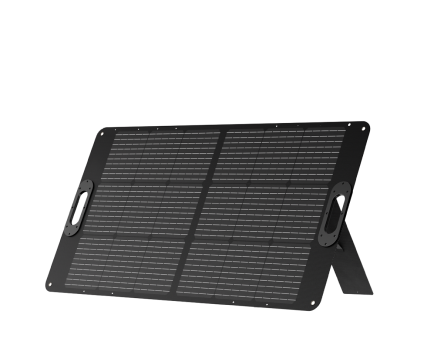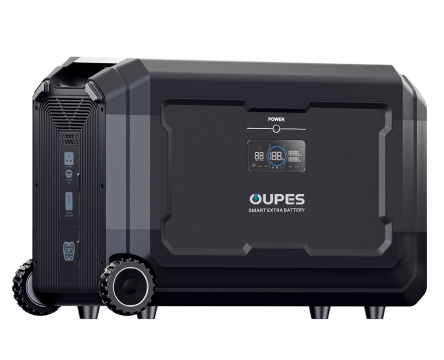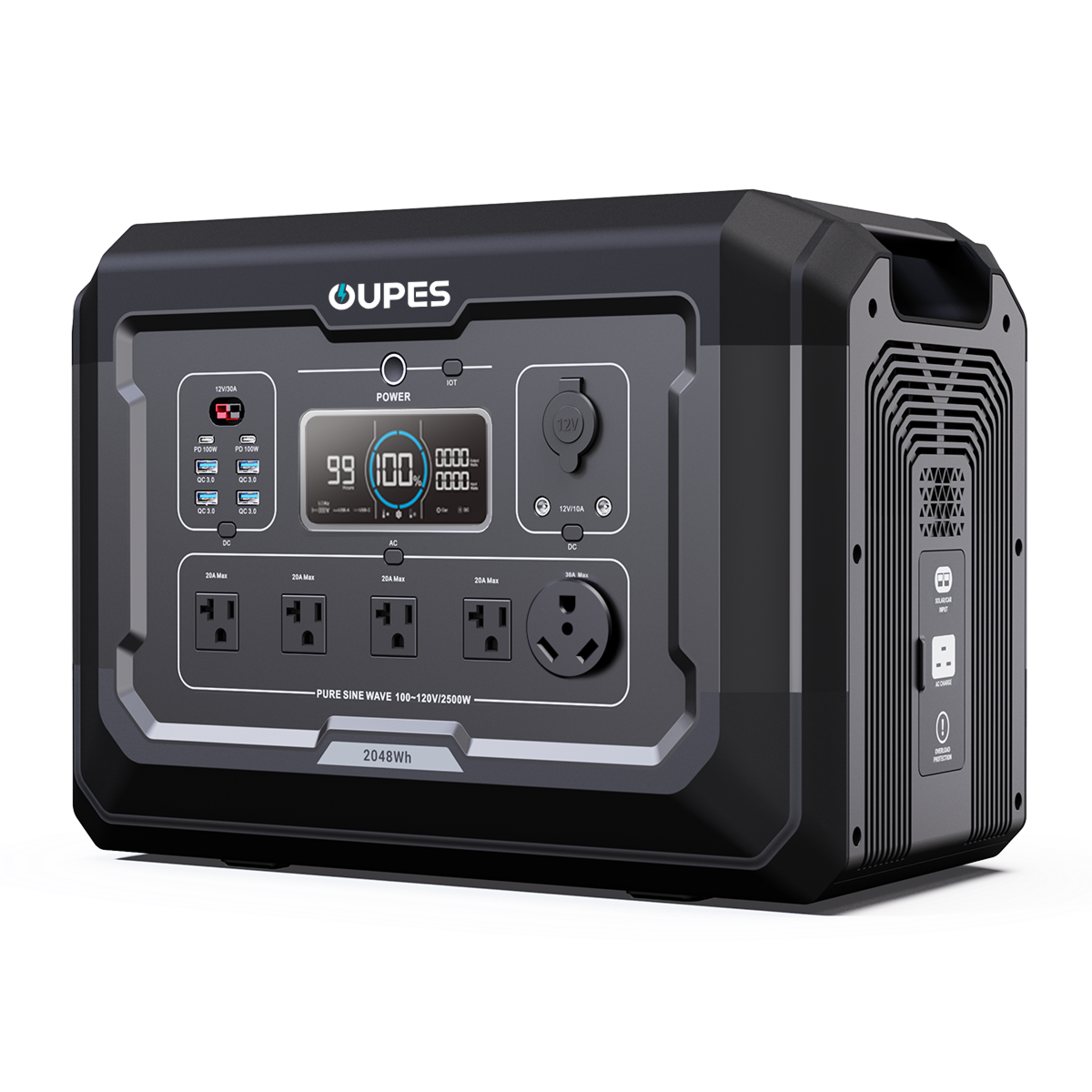
As electric vehicles (EVs) continue to gain popularity, many car owners are exploring various ways to ensure that their vehicles are always charged and ready to go. One question that often arises is whether it’s possible to charge an EV using a portable power station. While the idea of charging an electric car using a portable power source seems convenient, especially for road trips or outdoor adventures, there are several factors to consider before attempting it. In this article, we will explore whether portable power stations can be used to charge electric vehicles, the limitations involved, and how to safely and effectively manage this process.
Understanding Portable Power Stations
Before diving into whether you can charge an electric vehicle with a portable power station, it’s important to understand what these devices are and how they work. Portable power stations, also known as battery-powered generators, are compact devices that store electrical energy for later use. They are typically used to power smaller electronics such as phones, laptops, or cameras, but some larger models can even power small appliances like refrigerators and power tools.
A portable power station works by storing energy in a large lithium-ion or lead-acid battery. When the device is plugged in, it draws energy from an AC or DC source (such as a wall outlet or solar panels) and stores it. This stored energy can then be accessed via various ports such as AC outlets, USB ports, or DC outputs. The inverter inside the power station converts the DC power from the battery into AC power for devices that require it, making them versatile enough to charge many types of electronic devices.
In recent years, portable power stations have become more powerful, with some models boasting capacities capable of powering larger appliances or even providing backup power for a home. The key to understanding whether a portable power station can charge an EV lies in understanding its power capacity, which is measured in watt-hours (Wh). However, there are many limitations to using a portable power station for such a high-demand device like an electric vehicle.
Power Requirements of Electric Vehicles
Electric vehicles, or EVs, require a substantial amount of power to charge. A typical EV battery capacity ranges from around 30 kWh to 100 kWh, depending on the make and model. For instance, a compact electric car may require around 40 kWh to fully charge, while a larger SUV-style EV might need more than 70 kWh. This energy requirement is far greater than the typical capacity of most portable power stations, which usually range from a few hundred to a few thousand watt-hours (Wh).
The charging speed of an EV is also determined by the amount of power it can receive from the power source. Home charging stations, for example, typically provide 240V and can supply between 3 kW and 10 kW of power, meaning that charging a typical EV might take anywhere from a few hours to a full day, depending on the battery size and the charger’s output. This type of power is far greater than what a portable power station can offer, which usually provides a lower wattage (between 500W and 2000W for most models).
Given these significant differences in power requirements, it’s clear that charging an EV with a portable power station is not an efficient or practical solution. The power station would quickly deplete its battery before providing a substantial charge to the EV, especially for larger batteries that require significant amounts of energy to recharge. However, if you're in a pinch or in an emergency situation, some portable power stations can offer a minimal charge to an EV, but it won’t be enough to fully power the vehicle.
Can Portable Power Stations Charge EVs in Emergency Situations?
While it’s not ideal or practical to rely on portable power stations for regular EV charging, they can be useful in emergency situations. If you're stranded without access to a traditional charging station and need just enough power to get your EV to a nearby charging location, a portable power station could potentially offer a temporary solution. In such cases, a high-capacity power station with the appropriate voltage and output might provide just enough juice to get you moving again.
For example, some models of portable power stations are capable of delivering between 1,500W and 2,000W of continuous output, which might be enough to provide a small charge to an EV. However, this would not be a full charge, and it’s essential to understand that using a portable power station for this purpose could take a considerable amount of time. A large-capacity power station may only give you a few miles of driving range, which can be enough to help you reach the nearest charging station, but it would not be a long-term solution.
Additionally, many EVs require a specific voltage and type of current for charging. Some portable power stations can provide AC power via standard 110V or 240V outlets, which is the type of charging most EVs are designed to use. However, there are also some power stations that output DC power, which might not be compatible with the EV’s charging requirements without the use of an additional inverter. Therefore, when attempting to charge an EV with a portable power station, it's critical to ensure that the power station can supply the correct voltage and current that the vehicle needs.
Factors to Consider When Using a Portable Power Station for EV Charging
There are several factors to keep in mind if you're considering using a portable power station to charge your electric vehicle. First and foremost is the power capacity of the power station. As mentioned, the charging requirements of EVs are much higher than the typical capacity of most portable power stations. Even the most powerful portable power stations, which can output around 2,000W, will still take a long time to provide enough power to make a noticeable difference in an EV's battery.
The next consideration is the compatibility of the output voltage. As most EVs require a 240V AC outlet for charging, it’s important that the power station can supply this voltage. If the power station only provides 120V AC power, it may still be possible to use it to charge the vehicle, but the charging speed will be significantly slower. In some cases, you may need to use an additional inverter or converter to ensure that the power station can supply the correct type of power for the vehicle.
It’s also important to consider the weight and portability of the power station. Larger power stations with more capacity can weigh anywhere between 30 and 60 pounds or more, making them impractical for frequent use as an EV charger. The size and weight of the power station might limit its portability, and it could be difficult to transport for emergency situations. Some high-capacity power stations come with wheels or handles, but their bulk still makes them difficult to use in an on-the-go situation.
Alternative Charging Solutions for EV Owners
While portable power stations might provide a temporary emergency solution for EV owners, they are not a sustainable long-term charging option. For regular EV charging, there are other, more practical solutions that EV owners should consider. The most common charging methods are home charging stations and public charging networks.
Home charging stations, also known as Level 2 chargers, are the most convenient way to charge your EV. These stations provide 240V power, which allows for faster charging times compared to standard 110V outlets. Installing a Level 2 charger in your home provides a consistent and reliable way to keep your EV charged and ready to go. Many home charging stations also come with features such as Wi-Fi connectivity, allowing you to monitor and control the charging process via a mobile app.
Public charging stations are another essential option for EV owners. These charging stations can be found in parking lots, shopping centers, and other public spaces. Depending on the location, public charging stations may provide either Level 1 (120V) or Level 2 (240V) charging. Fast-charging stations, which can provide even higher levels of power, are also becoming more common, enabling EVs to charge more quickly. Many EVs are also equipped with features that allow drivers to find the nearest charging station using an integrated navigation system.
Conclusion
While the idea of using a portable power station to charge an EV is appealing, the reality is that it’s not a practical solution for regular use. The power demands of electric vehicles far exceed the capabilities of most portable power stations, and even the most powerful units will take a long time to provide a meaningful charge. However, in emergency situations where you need a small amount of charge to get to a charging station, a portable power station can offer a temporary solution.
Ultimately, for consistent and reliable charging, EV owners should invest in a home charging station or rely on public charging networks. Portable power stations are excellent for providing backup power for smaller electronics or in off-grid scenarios, but for the energy needs of an electric vehicle, traditional charging methods are the way to go. As EV technology continues to evolve and battery capacities improve, the landscape of EV charging will likely become even more efficient and convenient.

